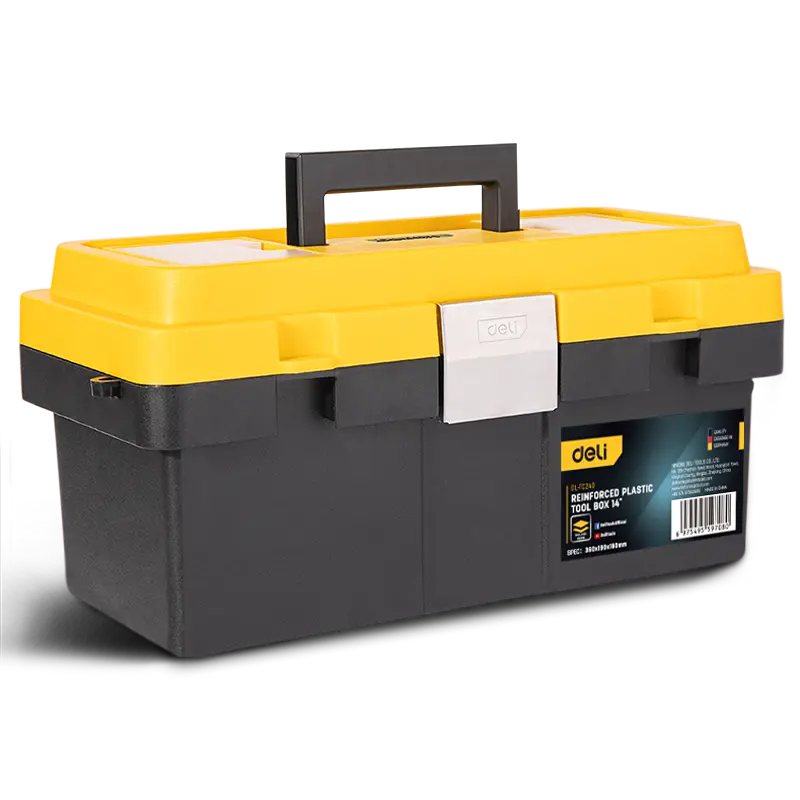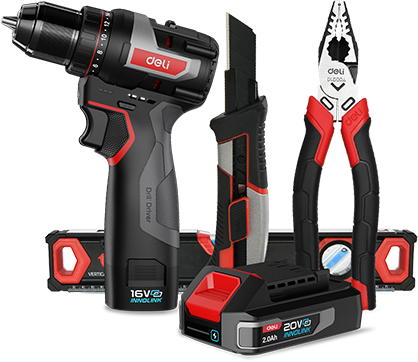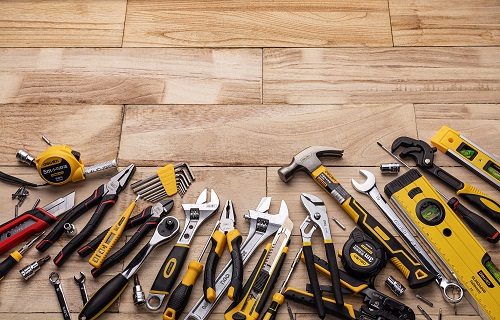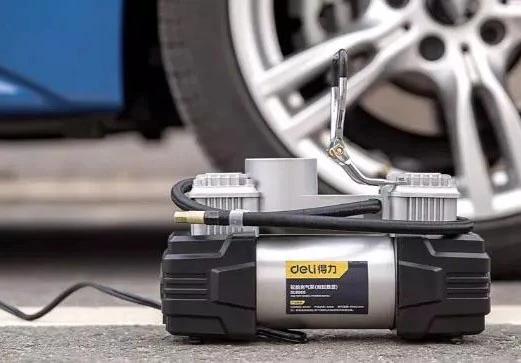In high-risk environments where personal safety is of utmost importance, the use of protective equipment is crucial to prevent accidents and injuries. In this article, we will explore the various types of protective equipment available and delve into the essential features that should be considered when selecting the most suitable gear. Whether it is in hazardous workplaces, extreme outdoor activities, or emergency situations, having the right protective equipment can make all the difference in ensuring the well-being and security of individuals. By understanding the different options and key considerations, individuals can make informed choices to effectively safeguard themselves in high-risk environments.
Types of Protective Equipment
Protective equipment from China PPE suppliers plays a crucial role in safeguarding individuals from various hazards and risks that they may encounter in their daily lives. There are different types of protective equipment available, each designed to provide specific forms of protection. Understanding the different types and their applications is essential for ensuring the safety and well-being of individuals in various settings.
One important type of protective equipment is personal protective equipment (PPE). PPE includes items such as helmets, gloves, goggles, and masks, which are designed to protect individuals from physical, chemical, biological, and radiological hazards. For example, helmets are commonly used in industries such as construction and mining to protect workers from head injuries caused by falling objects or accidents. Gloves are essential for individuals working with hazardous substances or sharp objects, as they provide protection against cuts, burns, and chemical exposure.
Another type of protective equipment is safety clothing. Safety clothing, such as high-visibility vests, coveralls, and aprons, is designed to ensure the visibility and protection of individuals in hazardous environments. High-visibility vests are commonly worn by road workers, construction workers, and emergency responders to enhance their visibility and reduce the risk of accidents. Coveralls and aprons, on the other hand, provide protection against chemical splashes, spills, and contamination in industries such as healthcare and laboratories.
Protective footwear is also an important component of protective equipment. Safety shoes and boots are specifically designed to protect the feet from various hazards, including falling objects, sharp objects, electrical hazards, and slippery surfaces. In industries such as construction, manufacturing, and logistics, where heavy machinery and equipment are frequently used, proper footwear is essential to prevent foot injuries and ensure stability and balance.
Respiratory protective equipment is crucial in environments where individuals may be exposed to airborne contaminants, such as dust, fumes, gases, or infectious particles. Respirators, masks, and breathing apparatus are commonly used to prevent inhalation of harmful substances and maintain respiratory health. These types of protective equipment are indispensable in industries such as construction, mining, healthcare, and manufacturing, where workers may encounter hazardous airborne particles or gases.
Essential Features to Consider
When it comes to purchasing essential protective equipment, there are several key features that should be considered. These features not only ensure the safety of the user but also enhance the overall effectiveness of the equipment. Whether you are looking for protective equipment for industrial work or personal use, it is important to pay attention to these essential features.
Firstly, one of the most crucial features to consider is the level of protection provided by the equipment. Protective equipment should be designed to effectively shield the user from potential hazards and minimize the risk of injuries. This includes features such as reinforced materials, impact resistance, and proper coverage of vulnerable areas. The equipment should meet the relevant safety standards and regulations to ensure its effectiveness. Personal protective equipment wholesale from Deli now!
Another important feature to consider is the comfort and fit of the protective equipment. It is essential for the equipment to fit properly and be comfortable to wear for extended periods of time. Ill-fitting equipment can hinder movement and cause discomfort, which can ultimately affect productivity and safety. Look for adjustable straps, breathable materials, and ergonomic design to ensure a proper fit and maximum comfort.
Durability is also a key factor to consider when selecting protective equipment. Equipment that is built to last will save you from frequent replacements and ensure its effectiveness over time. Look for equipment made from high-quality materials that can withstand rigorous use and harsh conditions. Reinforcements and sturdy construction are indicators of durability, making it a wise investment in the long run.
In addition, versatility is an important feature to consider. Protective equipment that can be used in a variety of situations and environments provides flexibility and convenience. Look for equipment that can be easily adjusted or adapted to different tasks or work environments. This will eliminate the need for multiple sets of equipment, saving both time and money.
Lastly, consider the ease of maintenance and cleaning of the protective equipment. Equipment that is easy to clean and maintain will ensure its longevity and effectiveness. Look for equipment that can be easily disassembled or has removable parts for cleaning. Additionally, consider the availability and affordability of replacement parts to ensure that the equipment can be properly maintained in the long run.
Protective equipment is essential for ensuring safety and well-being in various environments. It includes personal protective equipment, safety clothing, protective footwear, and respiratory protective equipment. Understanding the specific hazards and risks associated with different settings is important in selecting the appropriate protective equipment to mitigate potential dangers. When purchasing protective equipment from Deli Tools Global, it is crucial to consider features such as level of protection, comfort and fit, durability, versatility, and ease of maintenance. Prioritizing safety and quality is key to creating a safe and productive work environment.



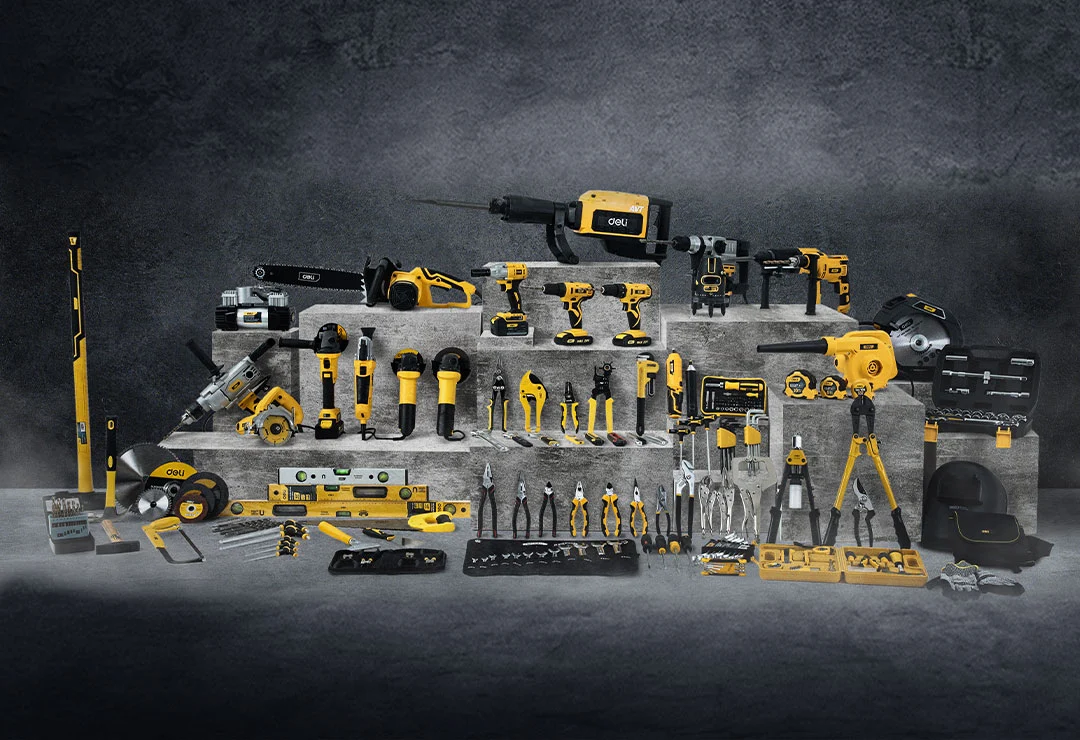
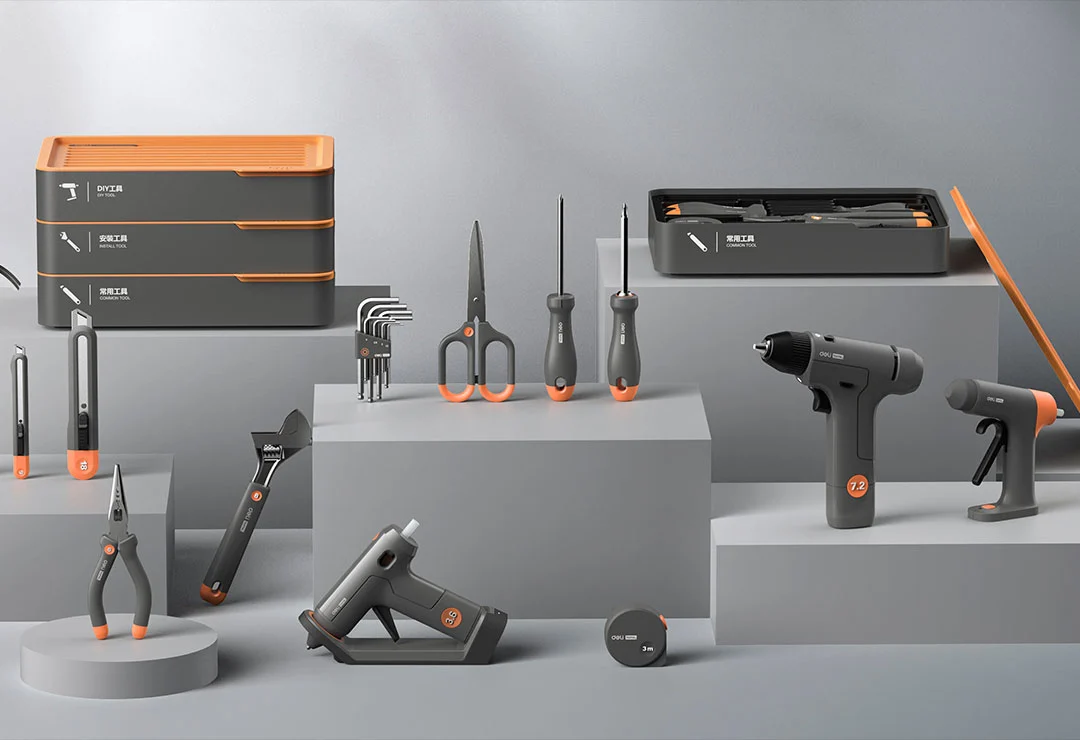
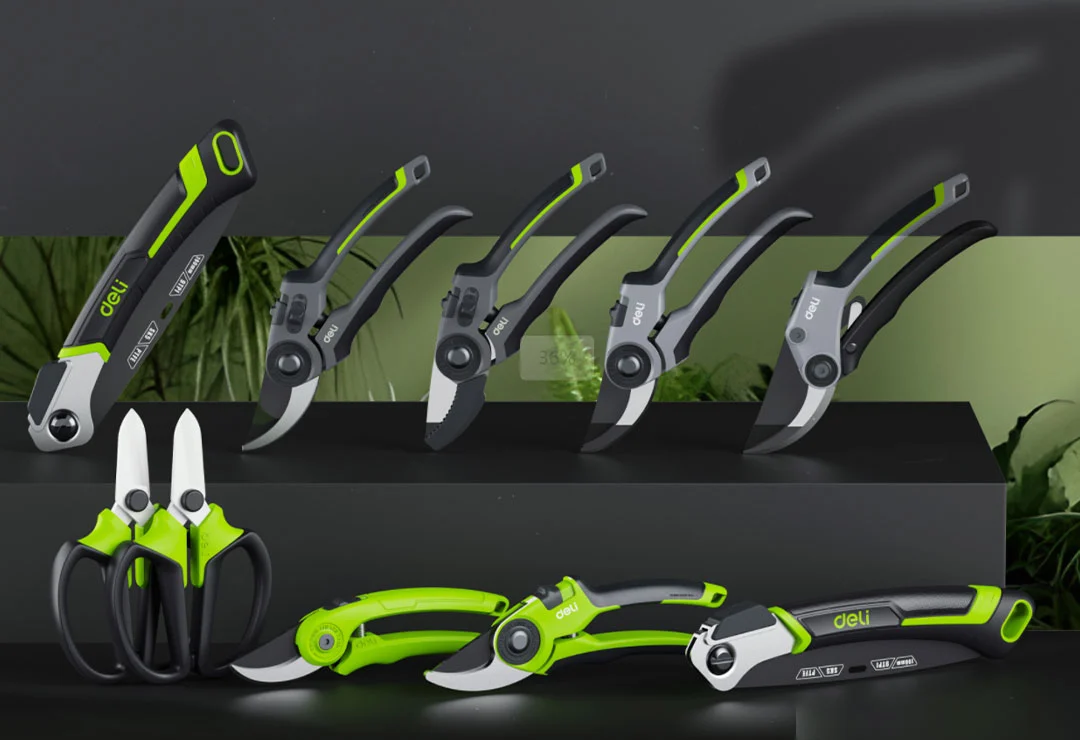
 EN
EN
 jp
jp  ko
ko  fr
fr  de
de  es
es  it
it  ru
ru  pt
pt  ar
ar  vi
vi  th
th  hi
hi  pl
pl  id
id  el
el 